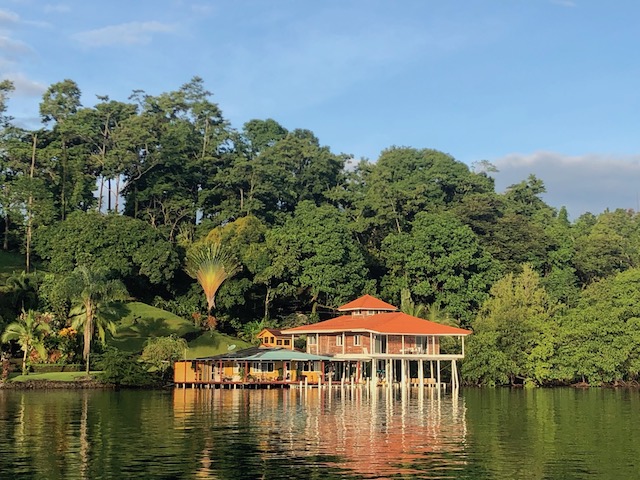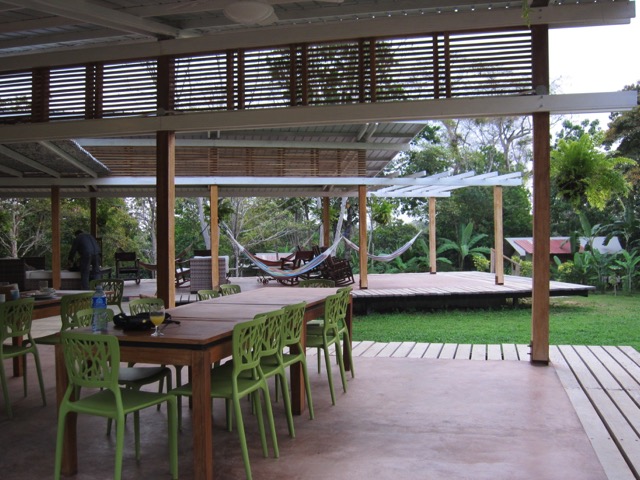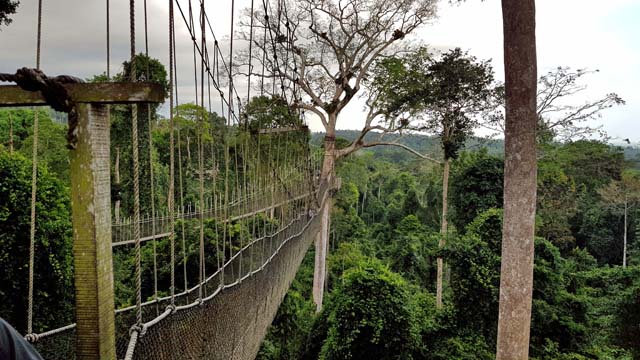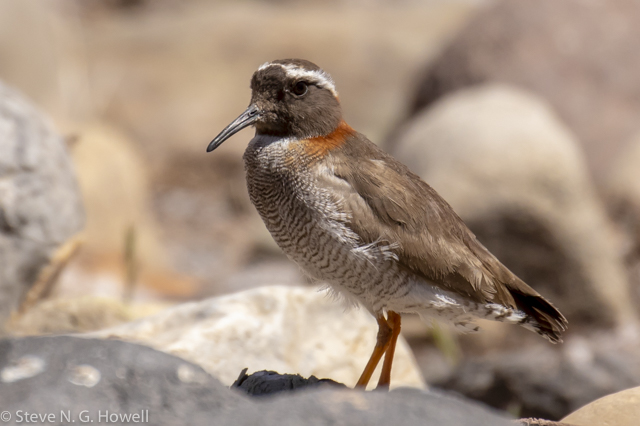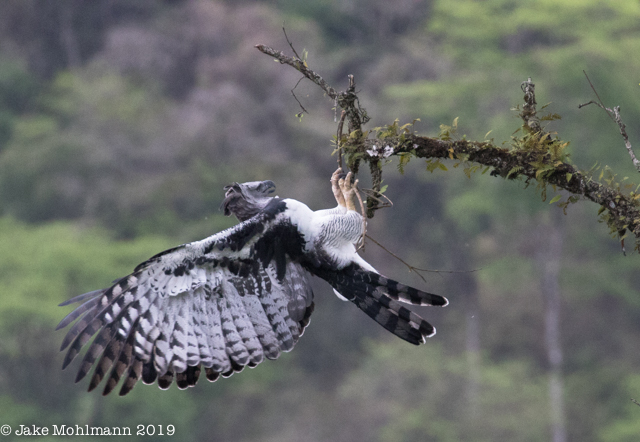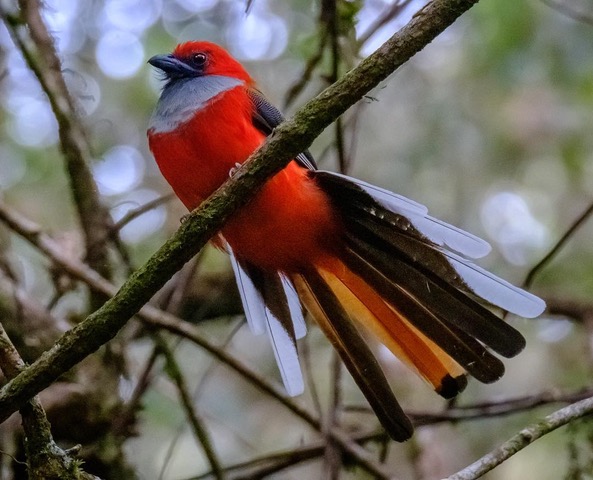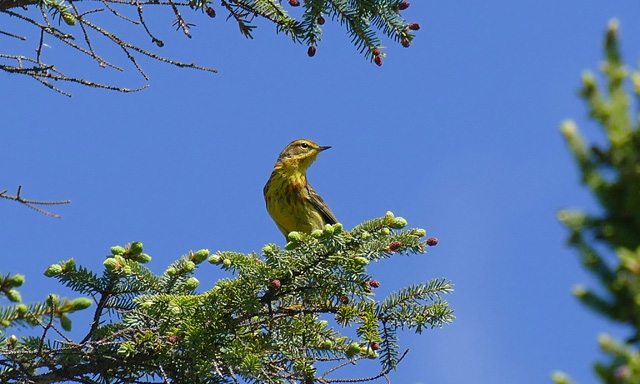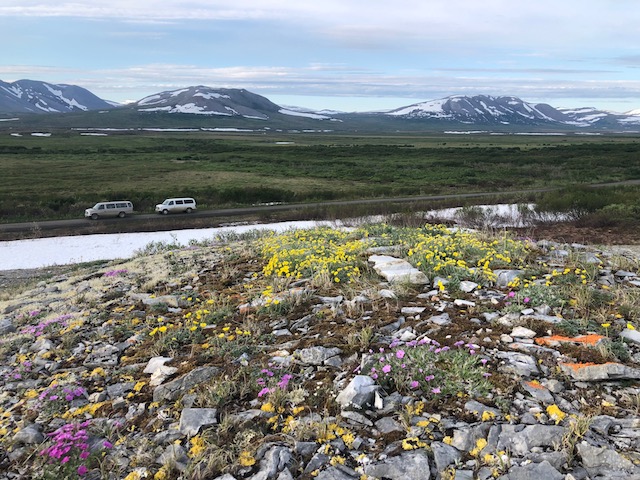Reports From the Field
Nov 15, 2019
Gavin Bieber on his recently completed first week of our Western Australia and Northern Territory tour
Nov 11, 2019
Jake Mohlmann on his recently completed tour, Argentina: The North - High Andes, the Chaco and Iguazú Falls
Jul 29, 2019
Gavin Bieber and Jake Mohlmann on the main section of their recent tour, Alaska: Majesty of the North
© 2025 WINGS Birding, Inc.
